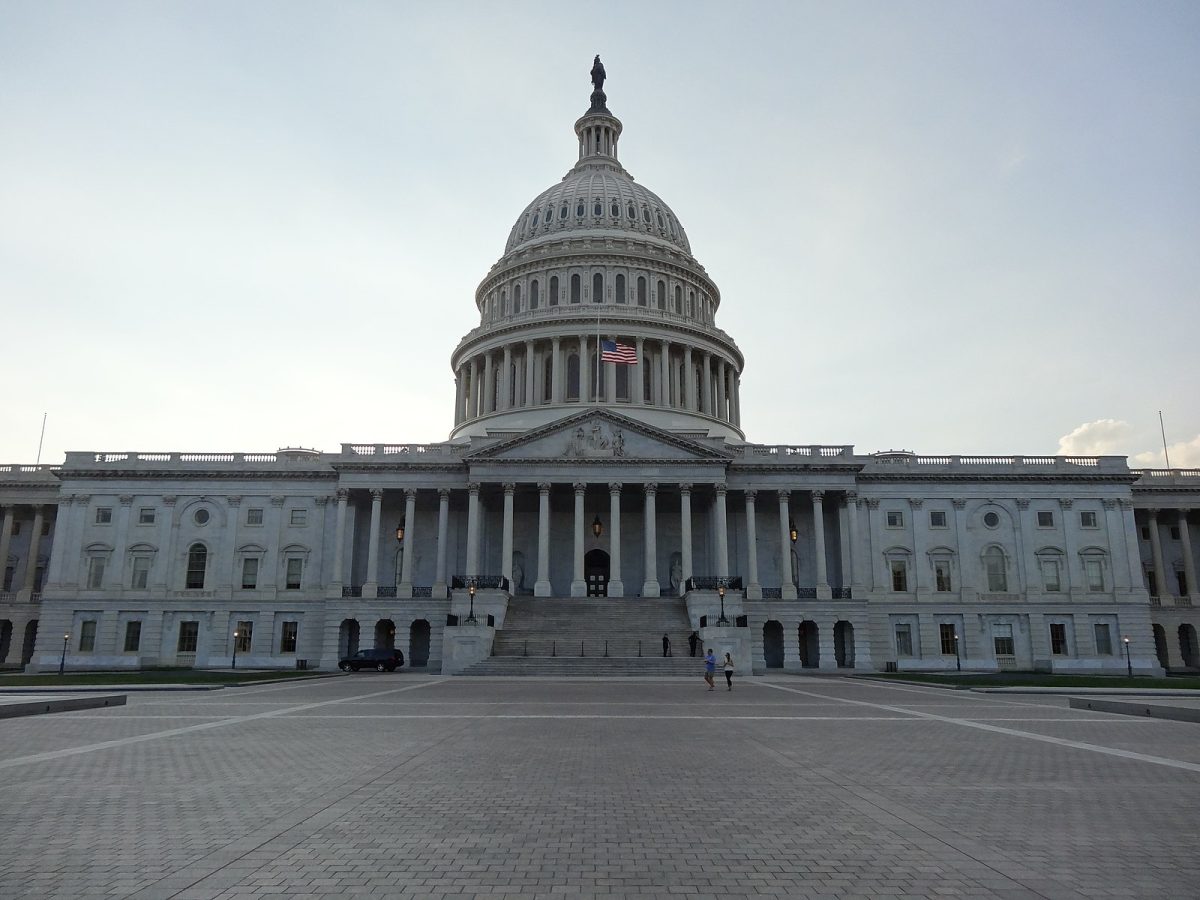When new streaming services hit the market in 2019 just before the pandemic began, they were all the rage. At that point, Disney+, Apple TV, Amazon Prime Video, and Netflix were all available for under $9 per month.
However, these prices have lately steadily increased. Consumers took notice of rising prices back in May 2023 when Netflix ended password sharing to increase the number of subscribers. Now, however, large streaming platforms are looking to increase their revenue through other means.
In 2022, Netflix launched its ad-supported plan at $6.99, not long after Disney+ also introduced an ad-supported tier for $7.99. Simultaneously, Disney increased their ad-free tier from $10.99 to $13.00.
Amazon Prime Video has also recently announced that their lowest tier will be ad-supported, cementing the industry’s transition in the direction of advertising. The reason for such an increase in prices and the inclusion of advertising can be explained by the massive amount of debt these companies face and their need to expand revenue, as reported by BBC News.
Since entertainment companies built these services with subscriptions as the essential revenue driver, this has backfired now that subscription levels plateaued and have begun to fall: subscription numbers in the U.S. went down by about 6% as consumers canceled their services, as reported by BBC News. Generating revenue from advertising and increased price plans will help streaming services pay back investors and give them more money available for new projects.
Although streaming services are bringing back advertising, a reason why most consumers turned away from cable, there are some fundamental differences between cable TV advertising and advertising on streaming platforms. As opposed to the 22 minutes of content and eight minutes of advertising present on Cable, platforms such as Disney+ will have a mere four minutes of advertising for every hour of content. Ads will also be far more personalized as streaming services use data-driven advertising allowing for brands to reach niche audiences, as reported by BBC News.
Gregory Steirer, chair of the English department and associate professor of English and Film and Media Studies explained, “Streaming seems to be following in the footsteps of cable television in light of these recent economic pressures. In the same way that cable TV had short ads which didn’t end up working too well for them, streaming services will likely lengthen their ads eventually.”
Steirer said streaming’s dominance in the market will make advertising and higher prices inevitable. “They can’t do it [advertising] too fast, but it will eventually happen as they do it slowly together and we become more accustomed to it,” Steirer said. Streaming services generate more revenue on the lower ad-supported subscriptions as opposed to the more expensive ad-free tiers. Therefore, it is possible that ad-free subscriptions may soon be history, or that we will see a much higher price increase in ad-free subscription plans.
Students have expressed frustration with the price increases and advertising. “I like that they’re available, but I feel like they’re bound for collapse. Every entertainment company has a streaming service, so it’s just recreating cable again,” said John Triant ’24.
Triant was also annoyed at the constant changing of streaming services’ libraries and how they promise that certain content will stay, which is rarely true. If services do indeed raise prices, Triant said that he and his family have debated over the worth of having such platforms, since the reason he acquired streaming services to begin with was because they were ad-free.
Triant said, “I feel like I’m pro-streaming in the sense that I like it but I’m anti-streaming in the sense that it’s frustrating and actively killing projects. It doesn’t keep things in development because the streaming model doesn’t support it, so if you have a new show it’s going to be canceled about a season in.”
Streaming services will likely only grow in terms of their control of the market. Netflix and WWE Raw have reached a $5 billion deal, making Netflix the sole owner of all WWE shows outside of the U.S. The recent NFL game between the Kansas City Chiefs and Miami Dolphins was also found exclusively on Peacock, another widely known streaming service, making it the first NFL game to be broadcast only on a streaming service.





